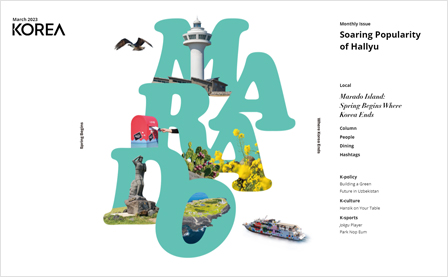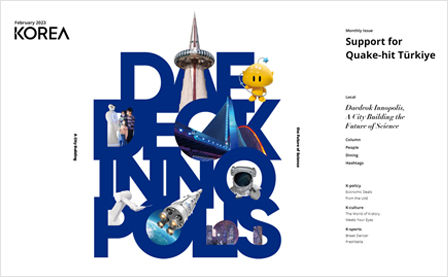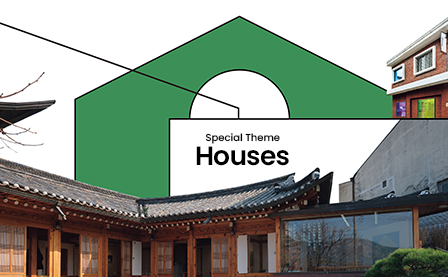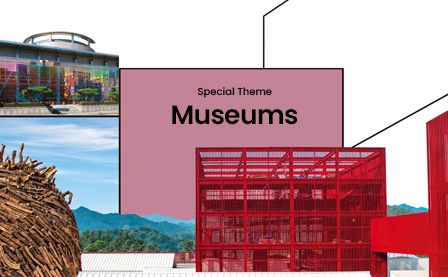April 2023

Local
Dining
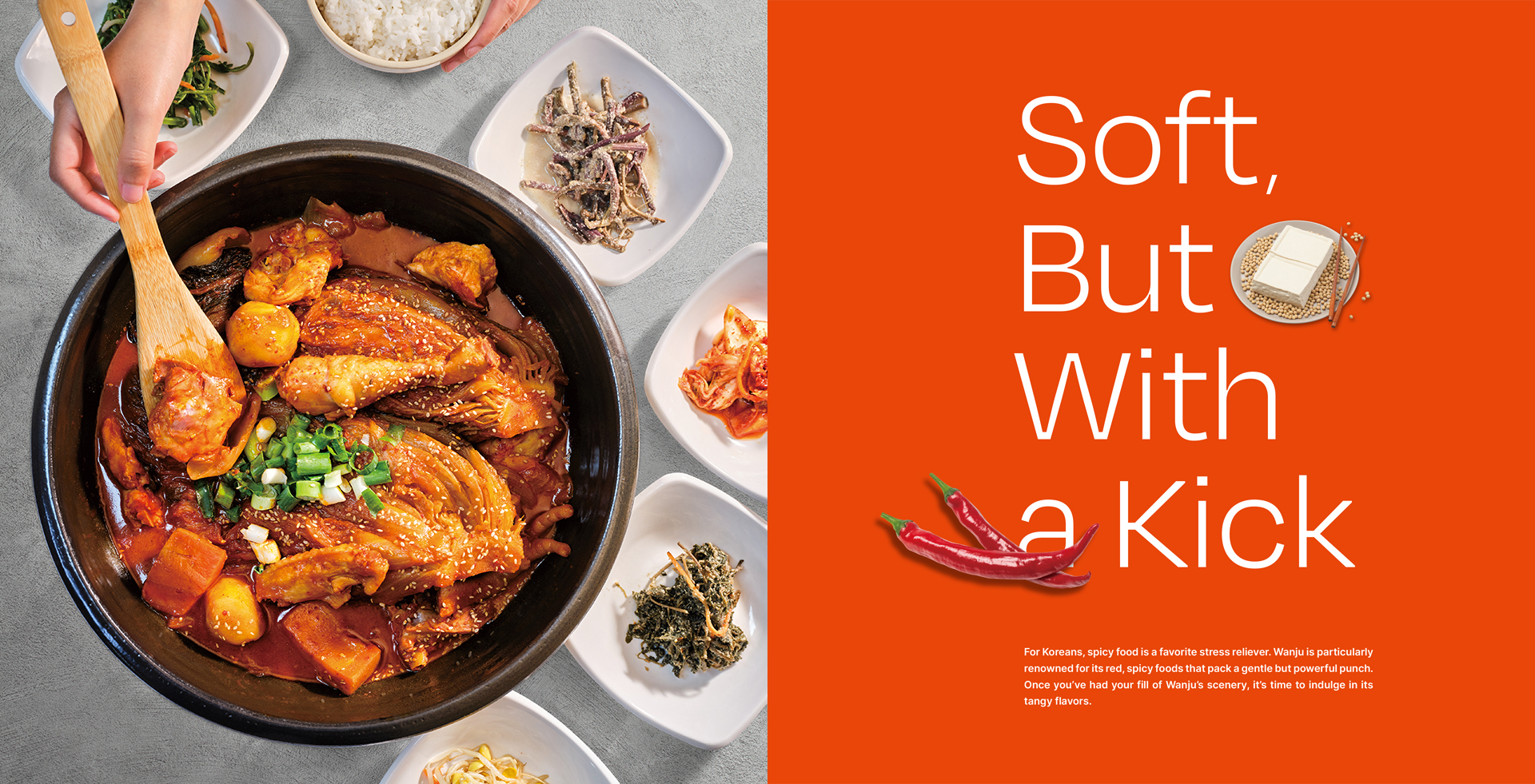
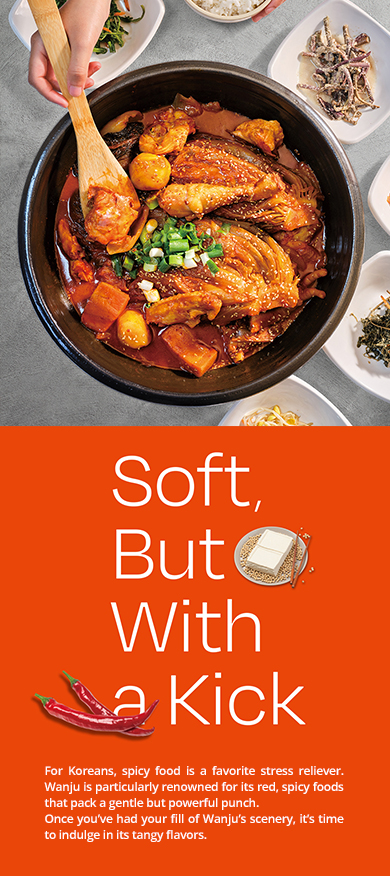
Bringing out the Zest With Mugeunji
Wanju’s dakbokkeumtang (spicy braised chicken) has three elements: mugeunji (aged kimchi), gochujang and red pepper powder. Evenly harmonized, the three ingredients complete the dakbokkeumtang. Here, the three-year-old mugeunji contributes to the peak. It also brings out the zest and visuals. In particular, the entire mogeunji is added, so the pot is so filled with it that you can't even see the chicken inside.

Mugeunji, an essential ingredient of Wanju style dakbokkeumtang
It takes heart and sincerity to make mugeunji, which controls the tastes and visuals of the dish. Restaurants that serve dakbokkeumtang in Wanju usually make their own mugeunji. It is aged for a long time in low-temperature storage, and perhaps this sincerity is the reason why the dakbokkeumtang of Wanju is even more special.
First, you take the whole chunk of mugeunji and cut it sparsely with scissors to make it easy to consume. Once you put rice on a spoon, top it with mugeunji and chicken, and take a bite, the red flavor of Wanju is complete. The harmony between the spicy taste of lean chicken meat and the sour taste of mugeunji draws admiration. If you want to experience a more special taste, stir-frying rice in the remaining broth is recommended. If you’re looking to indulge in the delicious flavors of mugeunji dakbokkeumtang, then a visit to Daeseung Garden is highly recommended.
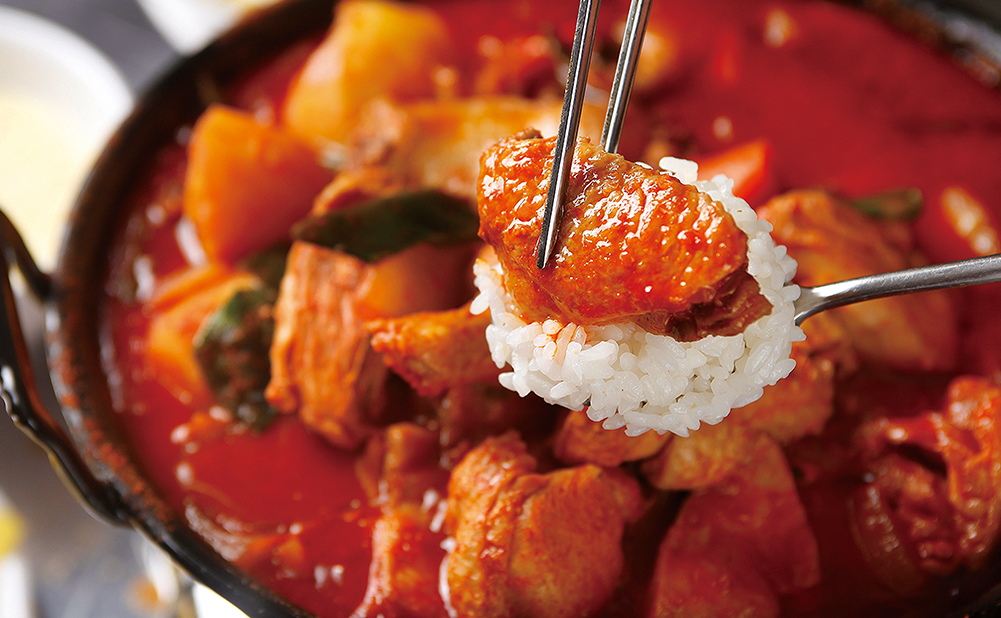
The sour flavor of mugeunji adds a special flavor to the dakbokkeumtang.
Harmony of Softness and Spiciness
Sundubujjigae (soft bean curd stew) is a dish that represents Wanju. In particular, Hwasimri Township in Wanju has long been known for making dubu (bean curd) using locally produced soybeans. In a time where processed foods are overflowing, they still make their own dubu. Only soybeans cultivated that year are used to make Wanju sundubu (soft bean curd). There is no secret recipe, but it can be said that making dubu by hand, not machines, is the secret to its delicious taste.
 A variety of dubu-based dishes of the well-known restaurant ‘Wonjo Hwasim Dubu’ in Wanju.
A variety of dubu-based dishes of the well-known restaurant ‘Wonjo Hwasim Dubu’ in Wanju.What adds a deep and mellow flavor to sundubujjigae is the broth, which is boiled with a generous amount of clams. Sundubujjigae is served in a hot earthenware pot, and the steam that rises like a heat haze will stimulate your appetite. Sundubu clumped together resembles clouds. Once you take a full spoonful of sundubu, the spiciness is added to the nutty taste of sundubu, making you crave more rice. Nokdujeon (mung bean pancake) and dubu served with Sundubujjigae are other delicacies. The plain and nutty dubu and nokdujeon soothe the flaming stomach.
Although it was a spicy dish that made you constantly sweat, the earthenware pot is finished in the blink of an eye. It feels as if all the stress has been relieved for some reason.
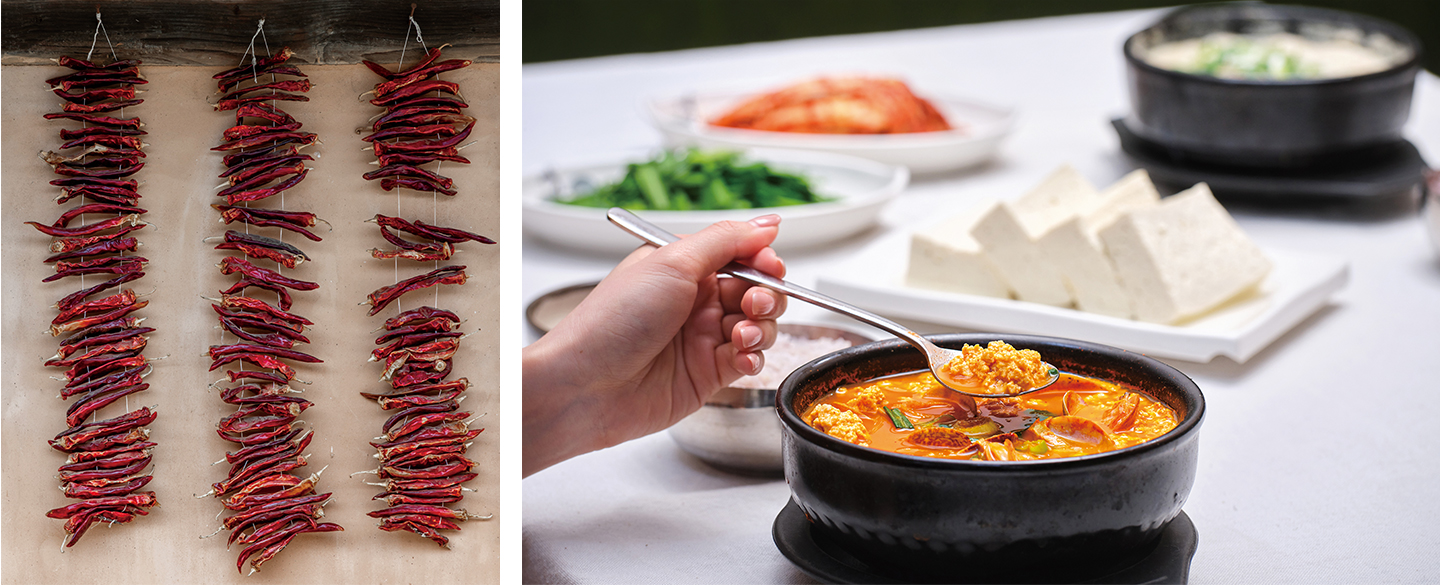 (Left)The secret of Wanju sundubujjigae is the chili powder marinade. © TongRo Image, (Right)The spicy broth is paired with savory sundubu.
(Left)The secret of Wanju sundubujjigae is the chili powder marinade. © TongRo Image, (Right)The spicy broth is paired with savory sundubu. View of all
View of all